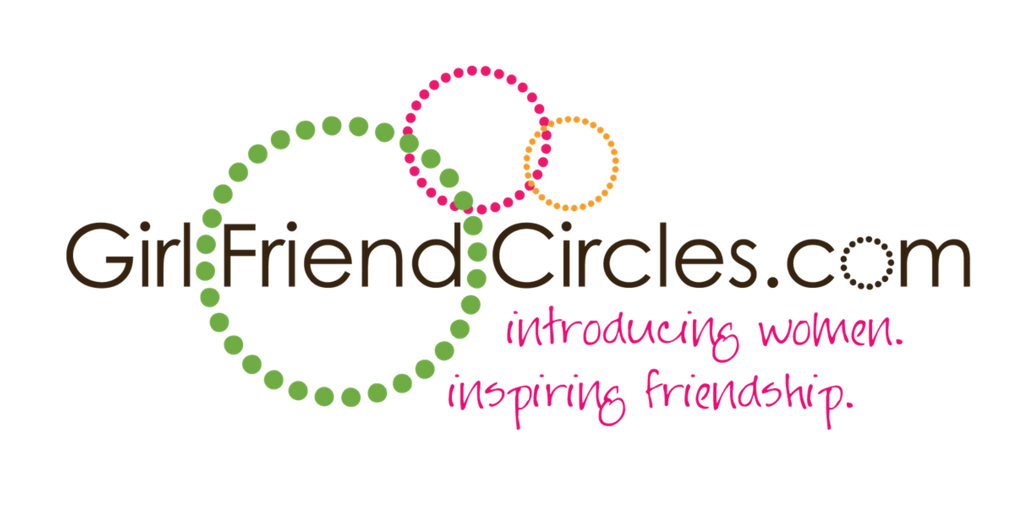As we start Friendship Month, I'm stepping into my commitment to start vlogging too! I'm planning to regularly upload up a clip on YouTube since sometimes it's easier to teach on video than in writing. (I'd be honored if you'd subscribe to my channel!)
Not All Friends Are the Same
Recognizing that we have different categories of friends is not to minimize the uniqueness that each one brings, rather it helps us both to honor how we’re energized in different relationships and identify where some of our hunger for more belonging might be coming from.
I developed a Connectedness Continuum that I use when I'm coaching women to help provide have a visual snapshot of our sense of connectedness. Here is a very brief outline of the five different circles of friends we all need to foster.
The Continuum begins on the left with the most casual of friends and moves to the right as the bond and commitment deepens. While there are some parameters to each quadrant, much of it will be subjective based on your own sense of bond.
Contact Friends: We share an introduction with these friends. We are somehow linked to them whether it’s through facebook, because we went to school together, because a mutual friend introduced us, because we met them while doing something we both participate in, because we have at least one thing in common, etc. This is not the same as ALL acquaintances. We may know the names of all twenty people in our association meeting or at church, but these are the 2-3 that we gravitate to and would consider ourselves friends when we see them.
Common Friends: We share occasional time spent together in the area we have in common. The difference between this quadrant and the former is that we have actually spent time together in a way that connects us deeper, we have our own one-on-one relationship with these individuals. It can be in our mom’s groups, because we work together, sing in the same choir, belong to the same club or we are frequently in the same social circle but we know these individuals well within the area we have in common.
I’m going to come back to Confirmed friends in a minute: There are two things that begin to shift when we cross that center line: the regularity with which we spend time together and the broadening of what we share together.
Community Friends: We share regular time spent together beyond the area we have in common. When we enter into In-Community Friends we have crossed the lines of our original relationship boundaries, whether it was your gym-buddy, a fellow mom, a scrapbook partner or a work colleague—we now share our lives beyond our original shared common interest. We may be meeting people from other areas of their lives and revealing life stories beyond the original bonding subject. (Note: we can be “intimate” with people on the left side—AA friend, weight loss buddy—sensitive subjects, but they stay on the left side as long as our area of connection is limited to that original bonding area.)
Commitment Friends: We share our lives with each other and our commitment extends beyond the things that hold us in common. The far right quadrant is reserved for the friends we regularly share our feelings with and have a commitment to be present for each other, no matter what. You may have bonded as “In-Common” friends because of your kids, you worked at the same place or you were both single, but these are now the friends that if those original common categories were to change it would no longer risk your relationship—they could switch jobs, get married, change interests, move away or the kids could all grow-up, but you will still be in each others lives.
Now, go back to the middle:
Confirmed Friends: We share a history with these friends that has bonded us but our connection is not regular. These are the friends that we used to live close to and love but we only talk occasionally now. This middle is reserved for the friends that go much deeper than the left side—we in fact would have at one point placed them on the right side of our spectrum—but we no longer have the regularity with them that we reserve for our right side. These are the women that we know we can pick up where we left off, they are dear to us and we will stay in touch occasionally with them, but they are not engaged in our day-to-day lives and in the creation of regular new memories together.
We all tend to find some circles come to us more naturally. Some of us love socializing and meeting tons of Contact Friends but have a harder time building enough consistency with a few to move into the real intimacy of Commitment Friends, whereas others of us have a few close friends but hate going out and meeting people. But we all need people in every circle.
Write the names of people you consider your friends along the Continuum.... where are you hungry for more relationships? What types of friends do you most need right now?
________________________________
Update on 10/18/2011: There ended up being 5 short videos (3-4 minutes each) to this topic series:
- What Types of Friends Do You Need? (Overview of Circles)
- Who Are Your BFF's?(Commitment Friends)
- Our Used to be Closer Friends (Confirmed Friends)
- Four Values of New/Less Intimate Friends (Contact & Common Friends)
- Five Common Imbalances in our Circle of Friends (Assessing Your Needs)
Subscribe to my YouTube Channel to receive updates of any future video posts.


